News
-
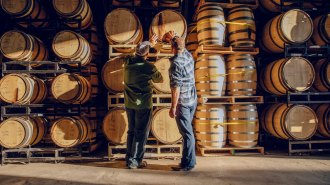 Chemistry
ChemistryMixing gold ions into whiskey can reveal its flavor
By changing the spirit’s color, the formation of gold nanoparticles can reveal how much flavor a whiskey has absorbed from its wood cask.
By Nikk Ogasa -
 Earth
EarthParticles from space provide a new look inside cyclones
Cosmic rays that smash into the atmosphere make muons that are sensitive to changing air pressure inside storms.
-
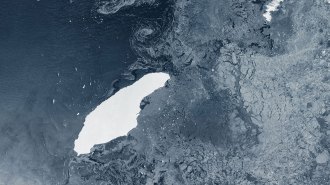 Climate
ClimateHere’s what happened to the Delaware-sized iceberg that broke off Antarctica
The powerful pull of currents in the Southern Ocean probably pulled apart the largest remnant of a massive iceberg that split off Antarctica in 2017.
-
 Earth
EarthLandslides shaped a hidden landscape within Yellowstone
Scientists have used lasers to get a detailed view of the national park’s topography, and they’ve spotted more than a thousand landslides.
-
 Physics
PhysicsProtons may be stretchier than physics predicts
Studying how quarks inside protons move in response to electric fields shows that protons seem to stretch more than theory says they should.
-
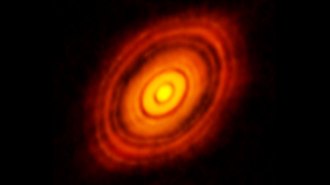 Astronomy
AstronomyMost stars may have much more time to form planets than previously thought
Planet-making disks may survive around most young stars for 5 million to 10 million years — more than double a previous estimate.
By Ken Croswell -
 Health & Medicine
Health & MedicineA study questioning colonoscopy screening’s benefits has big caveats
The study included a lot of people who were invited to get the procedure but didn’t. That’s one limitation of several.
-
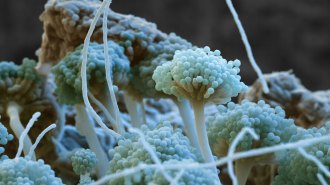 Microbes
MicrobesHow fungi make potent toxins that can contaminate food
Genetically engineering Aspergillus fungi to delete certain proteins stops the production of mycotoxins that can be dangerous to human health.
-
 Environment
EnvironmentHeat waves in U.S. rivers are on the rise. Here’s why that’s a problem
In recent years, heat waves in U.S. rivers have gotten more frequent, causing trouble for fish, plants and water quality.
By Jude Coleman -
 Genetics
GeneticsAncient DNA unveils Siberian Neandertals’ small-scale social lives
Females often moved into their mate’s communities, which totaled about 20 individuals, researchers say.
By Bruce Bower -
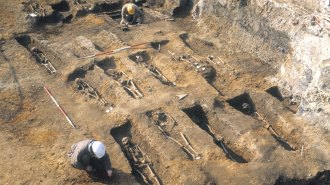 Genetics
GeneticsBlack Death immunity came at a cost to modern-day health
A genetic variant that boosts Crohn’s disease risk may have helped people survive the 14th century bubonic plague known as the Black Death.
By Wynne Parry -
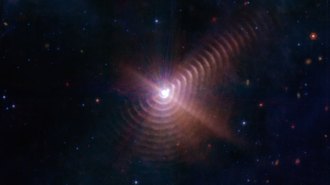 Astronomy
AstronomyFor the first time, astronomers saw dust in space being pushed by starlight
Images collected over 16 years reveal that dust expelled from a well-known binary star system is hurried on its way by light from those stars.